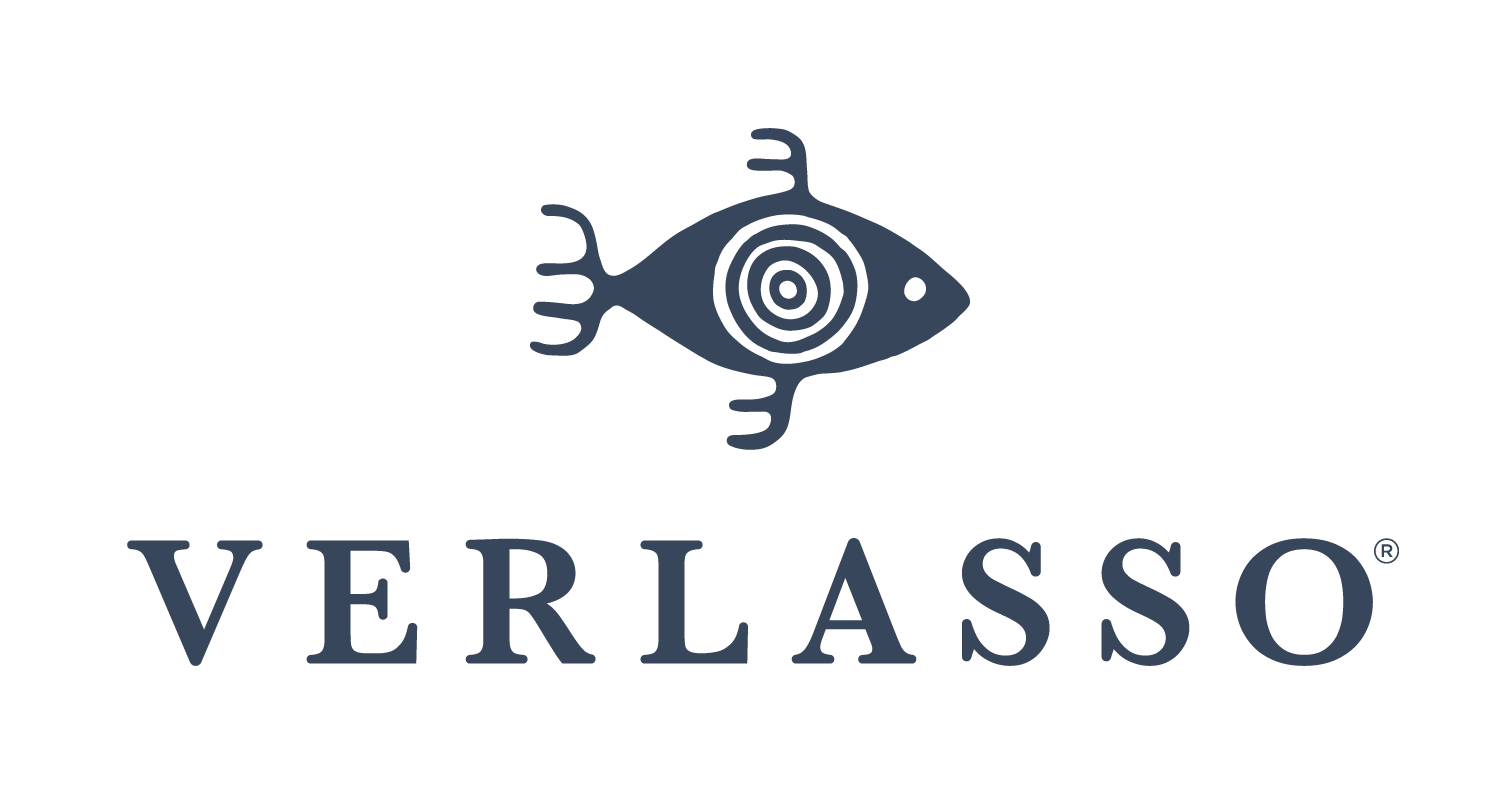Chef and television personality Andrew Zimmern, executive producer and host of the Travel Channel’s “Bizarre Foods” and “The Zimmern List,” was recently enlisted by the Verlasso brand, owned by AquaChile, to document the company's production methods at its salmon production facility in Chile. The project is part of the development of a documentary being spearheaded by Zimmern's production company that follows the aquaculture firm’s salmon production process from egg to plate.
Zimmern spoke with SeafoodSource about his impressions of Verlasso’s salmon farming operation – currently located in Region XI and partially moving to Region XII in Magallanes, Chile – the aquaculture industry as a whole, and the local community in the region.
SeafoodSource: What did you discover when you visited Verlasso’s salmon operation?
Zimmern: What was impressive about going down to the farm is seeing with my own eyes the journey of the fish from broodstock to full-grown fish – two years later coming out of the water to be sent to retailers and wholesalers. Verlasso’s salmon is cared for in a way that most fish farms cannot begin to approach, from the quality of the feed to the density of the pens – double the size of what [many] other fish farms are doing around the world – two fish per cubic ton of water.
I have seen aquaculture [operations] all over the world, and pen density is a huge issue. Verlasso has eliminated that problem and they even leave pens fallow, so the water can clean itself.
Also, decades ago – even up to several years ago – one of the big problems with aquaculture was unsustainable feed models. If at the end of the rearing of the fish, it takes 10 pounds of feeder-fish to raise one pound of salmon off of the farm. That is an unsustainable system for our planet and our world. Verlasso uses no whole wild-caught feeder-fish in their fish diet. They utilize trim from the processing of feeder fish that has been sustainably-caught, along with algae and other natural feed components.
SeafoodSource: What was it like, meeting local Chileans that benefit from salmon farming operations in the region, and cooking with them?
Zimmern: I’m always happy when I see jobs program in places where people over time move from, because the localities don’t offer huge job growth. In the tiny town [Calbuco] in Region X, where I went to visit one of the fish farms out on the water, you have a growing business that is employing people – providing homes, security, and livelihoods for a large percentage of the community.
We had a curanto, which is basically the Patagonian version of the Maine lobster boil. We were able to take a couple of small skiffs out to a small island, and spent the day with a local family. They built a huge bonfire and put river rock into the fire and super-heated them. Then, we piled mussels, clams, smoked pork loins, fava beans, potatoes, chicken quarters, and covered the whole thing with branches and a tarp.
I brought some salmon from Verlasso’s local processing plant and roasted whole salmon fillets in the fire. I also bought local sardines at the market, and we roasted those. At the market, we bought smoked seafood to share with the folks there. Even though you have millions of pounds of salmon growing around these people, none of the [local] Chileans have had someone take whole salmon, roast it for them, and then serve it blackened with peppers, onions, etc.
SeafoodSource: Why did you want to film a documentary about Verlasso’s salmon production techniques?
Zimmern: I admire honesty, singleness of purpose, and commitment in people. It’s rare that you see that in the business sector. The documentary will tell the story of what the company is all about and their pursuit of “green” labeling from Monterey Bay Aquarium [Seafood Watch program]. They are rated “yellow” right now which, in my opinion, is green.
I want people to understand the value of sustainable aquaculture. If we don’t pursue eating food from sustainable aquaculture, we are hastening our own species’ demise. Just like we are running out of places to farm, we are running out of fish in the ocean. I want people to stop eating wild fish from places that are devastating the fisheries because they are not well-managed.
This article was originally published in Seafood Source.

